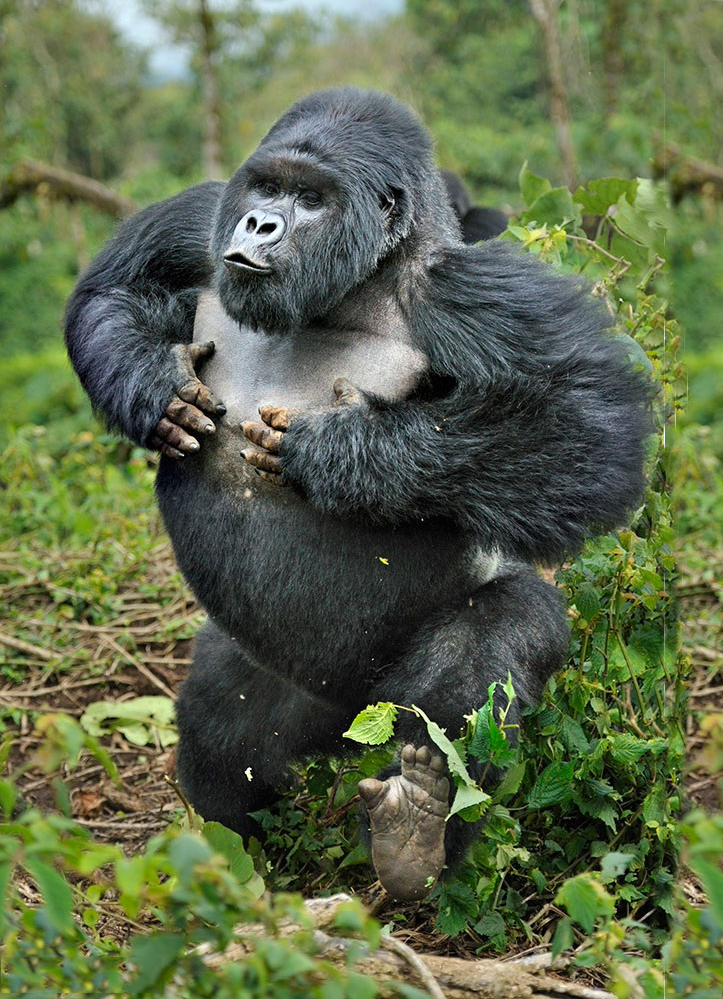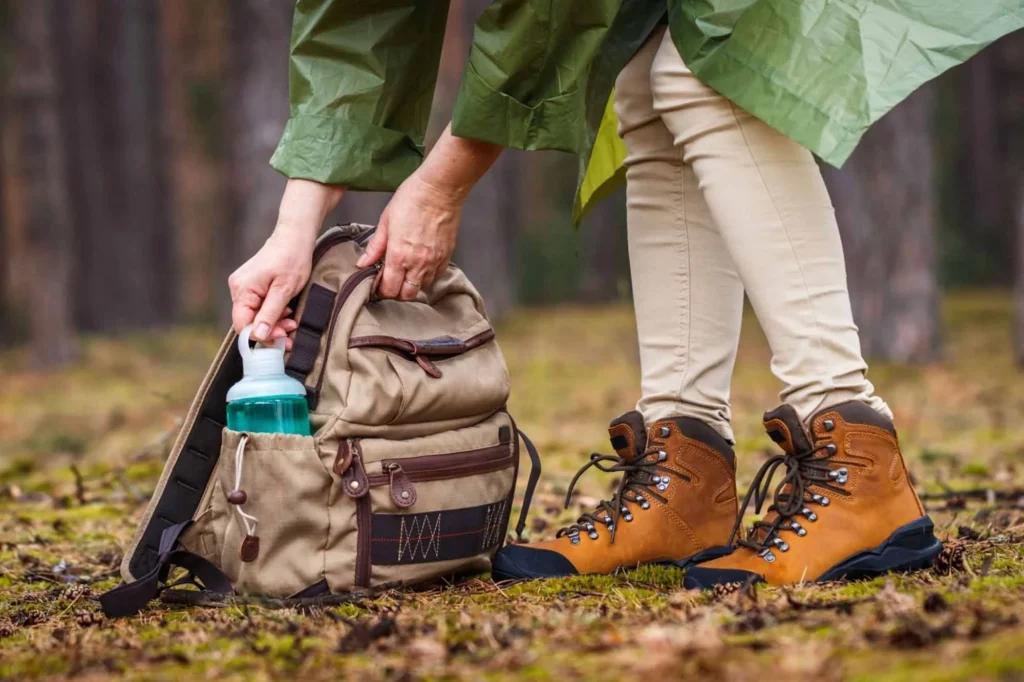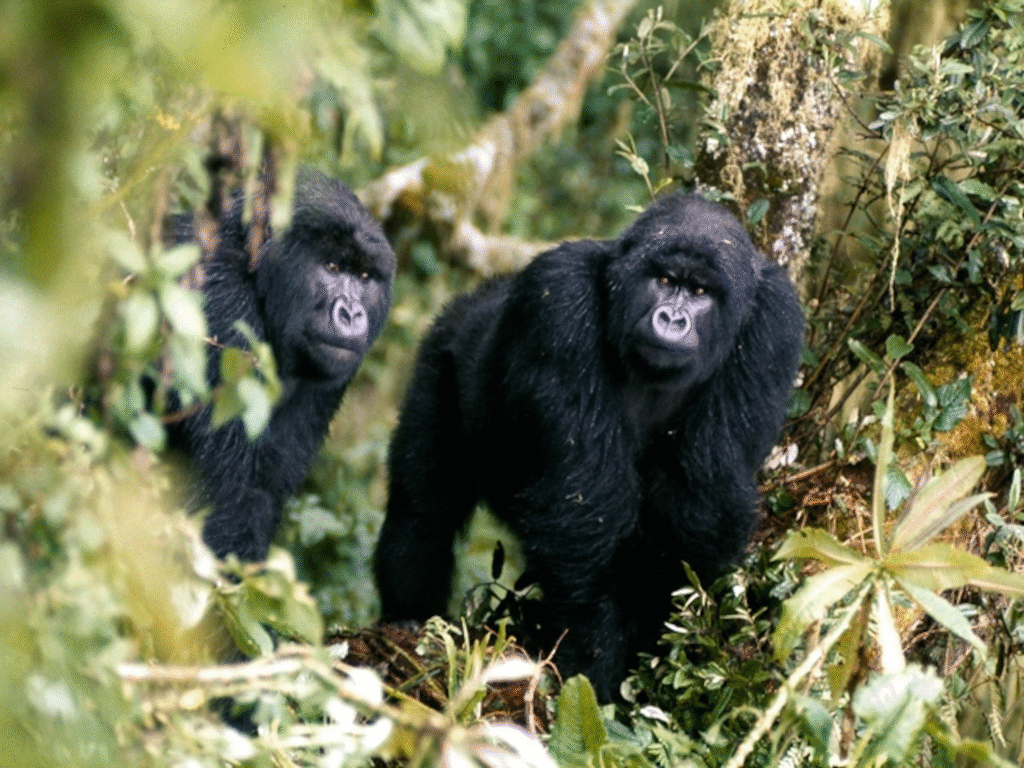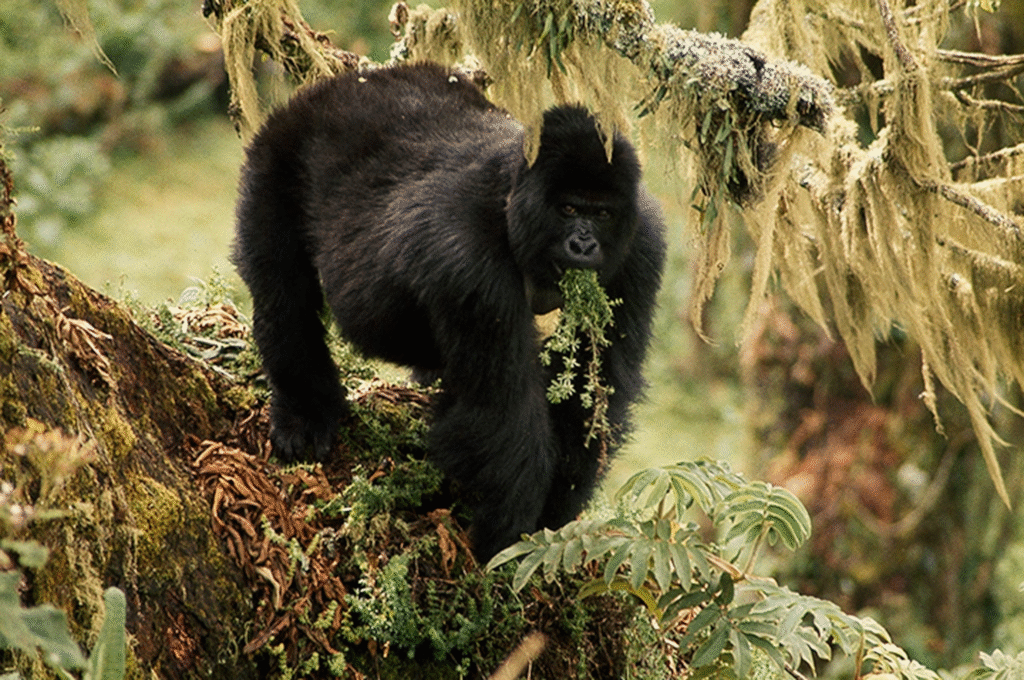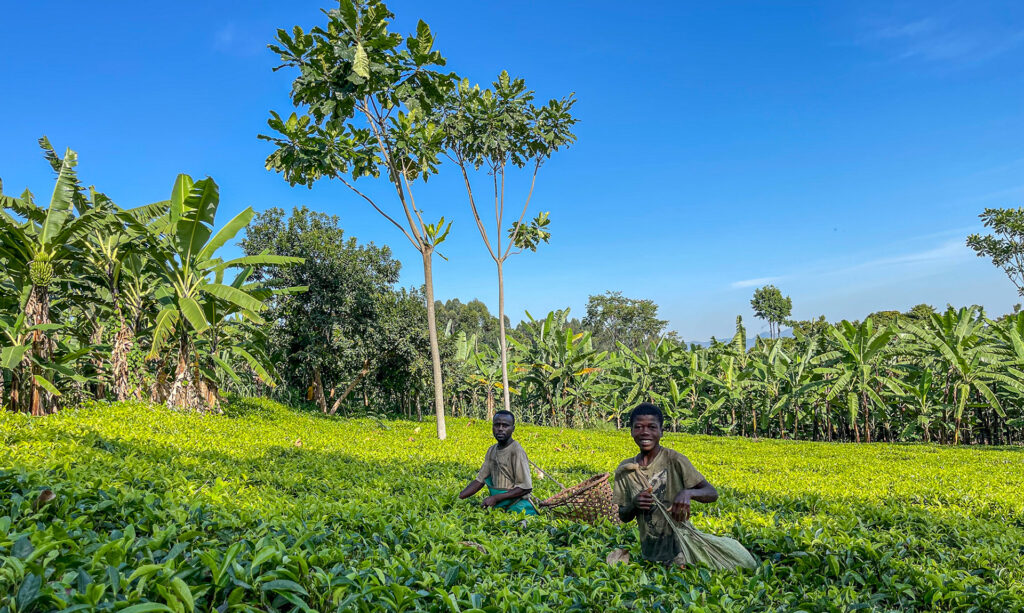Where the soul of the forest whispers in the mist
Gorilla trekking in Uganda is not just a bucket list wildlife encounter — it’s a physical and emotional journey through one of Africa’s most unspoiled rainforests. Whether you’re hiking the steep ridges of Bwindi or the volcanic slopes of Mgahinga, understanding the difficulty level and preparing your body and mind can make the experience even more rewarding. This is not a casual walk in the woods. It’s a guided expedition through dense vegetation, sometimes over slippery or uneven ground, with treks ranging from one to eight hours depending on the location of your assigned gorilla family.
Uganda’s gorilla trekking routes vary in altitude and terrain. Bwindi, known for its steep, thick jungle trails, can be particularly challenging in areas like Nkuringo and Rushaga.
Mgahinga, while also rugged, is often considered slightly more straightforward in terms of terrain. Altitude, humidity, and the unpredictability of trail lengths mean you’ll need a reasonable level of fitness, a good pair of hiking boots, and a readiness for nature’s curveballs. But don’t let that intimidate you — porters are available to carry your gear, guides pace the trek thoughtfully, and rest stops are built in. With preparation and the right mindset, every challenge along the trail becomes part of the story — a personal victory that makes your hour with the gorillas even more profound.
So lace up your boots, grab your camera, and prepare to meet the wild — this is where your gorilla trekking dreams and unforgettable safari adventures truly begin.
Truly Iconic Highlights in Uganda
Trek through Bwindi’s mystical rainforest and meet the endangered mountain gorillas in their breathtaking natural home.
Encounter mountain gorillas and golden monkeys on Mgahinga’s misty volcanic trails, where culture and alpine wildlife thrive together.
Unwind after your trek with a peaceful canoe ride across Lake Bunyonyi, Uganda’s most tranquil and scenic highland lake.
Enhance your gorilla trekking safari with an optional chimpanzee encounter in Uganda’s lush forests, adding depth and diversity to your primate adventure
Gorilla Trekking Difficulty in Uganda – Fitness & Trail Guide for an Unforgettable Journey
When we talk about gorilla trekking in Uganda, we often focus on that magical moment — locking eyes with a mountain gorilla in the middle of a misty jungle, heart racing, camera forgotten, soul stirred. But before that encounter lies a journey that tests your resolve, awakens your senses, and connects you physically to the wild terrain these gentle giants call home.
If you’re wondering about the difficulty of gorilla trekking in Uganda, you’re not alone. It’s one of the most common questions travelers ask — and rightfully so. While the reward is immense, the trail that leads you to the gorillas can be rugged, steep, and unpredictable. This guide will help you understand what to expect in terms of fitness, trail conditions, and how to prepare mentally and physically so you can trek with confidence, clarity, and joy.
The Nature of the Trek: No Two Trails Are Ever the Same
One of the most important things to understand is that no two gorilla treks are alike — not in time, not in terrain, and not in difficulty. The experience is deeply organic. Mountain gorillas roam freely within their territories in Bwindi Impenetrable National Park and Mgahinga Gorilla National Park, and each day, rangers track them anew before guests head into the forest.
This means your trek could last as little as one hour or extend to six or more hours, depending on where the gorillas are located that day. The trail may involve flat paths, gentle inclines, or challenging climbs through tangled vines, muddy slopes, and dense vegetation with no formal trail — just raw, breathing wilderness.
Terrain Differences: Bwindi vs. Mgahinga
Bwindi Impenetrable National Park is exactly what its name suggests — dense, ancient rainforest with uneven ground, steep ridges, and deep valleys. The trails here can be more strenuous due to the thickness of the forest and elevation changes, especially in sectors like Nkuringo and Rushaga, which are known for tougher hikes.
Mgahinga Gorilla National Park, on the other hand, lies along the volcanic slopes of the Virunga Mountains and features more open terrain with bamboo forest. Trekking here can sometimes be easier and shorter, especially if the Nyakagezi gorilla family is near the base. That said, the volcanic landscape also involves high altitudes, which may affect some trekkers.
How Fit Do You Need to Be?
You don’t need to be an athlete, but moderate to good fitness is essential. If you can walk or hike for 3–5 hours over uneven ground — possibly uphill and in humid conditions — you’ll manage just fine.
The key is endurance, not speed. You won’t be running or racing. The trek is taken at a measured pace, with breaks along the way, and porters available to assist. What matters more than muscle is mindset. Determination, patience, and mental resilience go a long way when the trail becomes steep or slippery.
Even older travelers or those with joint issues can enjoy the trek if they plan accordingly. Many visitors in their 60s and 70s complete treks each year with great success — often supported by a walking stick, a hired porter, and the steady rhythm of slow, deliberate steps.
Tips to Prepare Physically & Mentally
If you’re planning your trek months ahead, start light training early:
- Go for regular walks or hikes on uneven or hilly terrain
- Build leg strength with stairs, squats, or gentle resistance workouts
- Improve cardiovascular endurance with brisk walking, swimming, or cycling
- Practice mindful breathing — especially useful at altitude or when trekking uphill
On trek day, wear comfortable hiking shoes with good grip, carry water, and dress in moisture-wicking layers. Lightweight gloves can help you grab onto vegetation without scratching your hands. A walking stick is highly recommended — often provided at the park headquarters or by your lodge.
Remember, the trek is not a competition. Your guide will tailor the pace to the group, and the focus is always on reaching the gorillas safely and respectfully.
Optional Help: Porters & Sedan Chair Assistance
Hiring a porter is highly encouraged — not just for carrying your daypack but also for offering balance on tough sections and moral support when the path gets slippery. Porters are often former poachers turned protectors through community initiatives, so your support contributes directly to conservation.
If you have limited mobility or health concerns, Uganda offers a unique solution: the gorilla trekking sedan chair. This stretcher-like seat is carried by a team of porters who will take you to and from the gorilla family, allowing even travelers with physical challenges to experience the magic of the forest.
What If You Can’t Complete the Trek?
It’s rare, but some trekkers choose to stop before reaching the gorillas due to fatigue or difficulty. Rangers and guides are trained to support all levels of fitness, and they’ll advise whether to continue or turn back. Rest stops, shaded breaks, and slow pacing are always part of the journey.
But most trekkers do reach their destination — and when they do, every drop of sweat, every muddy step, every breathless climb becomes utterly worth it.
More Gorilla Trekking Information to Know.
Gorilla trekking goes far beyond just the hike — it’s a deep, emotional journey into the heart of Africa’s last wild rainforests. Knowing the right timing, permits, fitness tips, and park details can turn your experience from good to unforgettable.
In the Realm of Giants – Bwindi & Mgahinga in Frames.
Wander through an elegant gallery capturing Uganda’s most exclusive gorilla sanctuaries, where ancient forests cradle the last mountain gorillas in a world of mist, mystery, and majesty.
Essential Planning Tips for Visiting Uganda’s National Parks.
Get ready for the wild heart of Africa with expert travel tips on when to visit, what to pack, where to go, and how to make the most of your safari across Uganda’s breathtaking national parks.
Why Uganda for Gorilla Trekking?
Uganda is not just a destination — it's the very soul of gorilla trekking. With over half of the world’s remaining mountain gorillas calling its misty forests home, Uganda offers the rarest encounters in their most authentic setting. Here, your journey is not rushed or crowded. Instead, you’re guided by experienced rangers through pristine jungles where gorillas live as they always have — wild, free, and magnificent
From insider travel insights to unforgettable trekking guides, our blog is your trusted path into Uganda’s wild heart — connecting you with mountain gorillas, breathtaking landscapes, and the soul-stirring adventures that make this land unlike any other.

